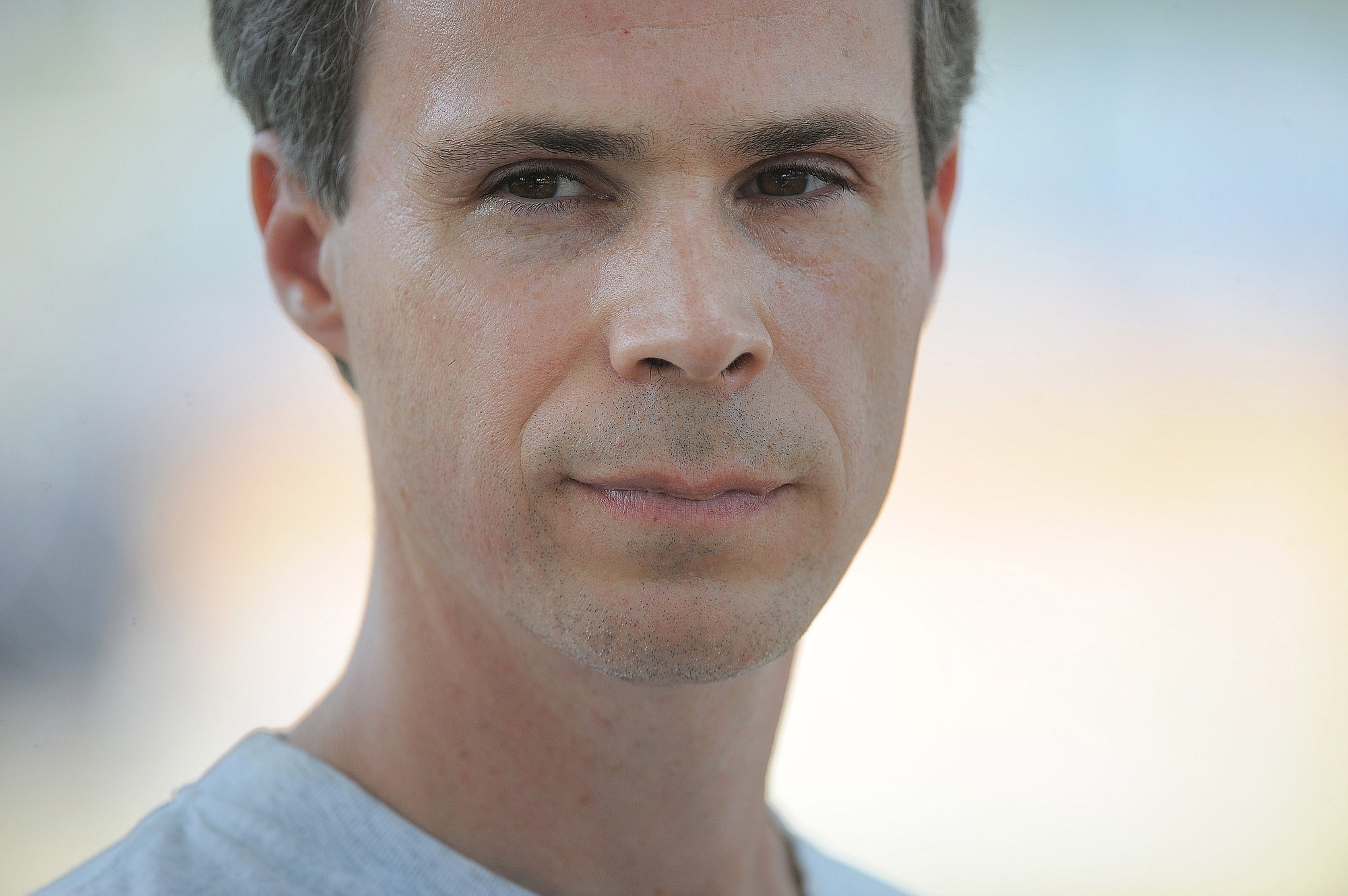WASHINGTON — There are few things that Julie Heckman loves as much as a Fourth of July fireworks show — the choreography, the music, the intensity that builds with each crackling explosion, the grand finish. She spends a good part of her year looking forward to those 20 minutes.
“It’s all about that moment,” she says. “Wherever you are, seeing that great show.”
But the minute the multicolored smoke has cleared, Heckman’s eyes are on her phone. As executive director of the American Pyrotechnics Association — the main trade organization for fireworks manufacturers, distributors and display companies — she’s keenly aware that more than 15,000 other shows are being orchestrated across the country this holiday weekend. A slip-up at any one of them could end in disaster, for the show and for her industry. So she grips her cellphone and prays that it doesn’t ring.
“I’m like the mama hen waiting on all the chicks to check in,” Heckman says.
She’s only half-joking. The few weeks before and after July 4 are the most dangerous in the fireworks industry — of the 11,400 non-occupational fireworks-related injuries reported last year, 65 percent occurred between June 21 and July 21, according to a Consumer Product Safety Commission report published last month.
As zero hour approaches, Heckman, who has been working in fireworks for more than a decade, has her fingers crossed that 2014 will be “a safe year.”
Two days out from the big show, her colleagues Gregg Smith and Annelise Gillespie are similarly on edge. The two are conducting a tour of the launch site in the District of Columbia for today’s fireworks display on the National Mall.
The goal is to show their audience — a dozen or so regulators from the Department of Transportation and the Bureau of Alcohol, Tobacco, Firearms and Explosives — how hazard-free fireworks can be.
Smith stops at a table spread with empty fireworks shells and begins to explain how a display is put together. Although the mechanics of a show are impressively intricate — each blast is pegged to a note of music and can be timed to the thousandth of a second — the shells themselves look fairly mundane. Seeing a firework is much more dramatic when it’s showering colored sparks 900 feet in the air.
The fireworks for today’s show, which are assembled in rows along either side of the reflecting pool, are similarly unassuming. But underneath a layer of protective black tarp rest more than 6,000 pieces weighing about 44,000 pounds — enough for what lead technician Chris Santore tells regulators will be “a heavily concentrated assault on the skies.”
Smith uses somewhat different phrasing: “It’s painting a picture in the sky,” he says of the upcoming show.
Part lobbyists, part educators, part PR representatives, Smith and Heckman tread a fine line between advocating safety and discouraging the notion that fireworks are dangerous and in need of restrictions.
Smith is a self-described “thrill seeker” who, as a kid, liked to blow up his G.I. Joe toys with firecrackers. He has been working in the industry since he helped out with a display at age 17, and the regulation issue hits particularly close to home. In a career spanning 40 years, he has been the lead technician on shows, managed a manufacturing facility, run training programs and gotten to know nearly everyone involved in this industry.
And although Smith acknowledges that “we’re an industry that needs to be regulated, that wants to be regulated,” he’s wary of too much oversight.
Over the course of the tour, it becomes clear from his talking points which regulations Smith is most concerned about: driving-time restrictions for truckers transporting fireworks, certification requirements for new technicians and new kinds of shells.
His audience seems appreciative of the level of planning that goes into the fireworks display — Santore estimates he put 200 hours into the National Mall display site — but are unmoved by Smith’s appeal for more flexible standards.
“We’re not deaf to the issues that concern businesses,” says Greg Winfree, assistant secretary for research at the Department of Transportation. “But these are by nature explosive and hazardous materials on public roads. We can’t afford to get safety wrong.”
APA staff members bristle at the suggestion that fireworks are inherently dangerous — Heckman prefers the term “energetic.” She doesn’t avoid questions on safety, but she’d much rather talk about how the industry is really like a family, or her favorite type of shell.
Like Smith, Heckman resists the notion that fireworks need to be restricted — particularly the small-scale sparklers and Roman candles that are sold for use in backyards and parking lots.
“When it comes to an individual’s right to celebrate their freedom on the Fourth of July, I think everybody should be able to use consumer fireworks,” she says. Basically: Fireworks are about freedom. People should be free to use them.
After all, she says of backyard fireworks, “those products are safe if they’re handled appropriately.”
But they often aren’t. The CPSC’s June report on fireworks injuries and deaths catalogues in gory detail the ways that people hurt themselves while handling consumer fireworks. Nearly half of the incidents investigated in the report involved people misusing the explosives.
Heckman thinks that what’s needed to prevent these accidents isn’t more regulation — it’s better education and a good dose of common sense.



